
Table of Contents
The huldra, or hulder, may sound rugged and masculine but they are exceptionally fair female mystical beings in Norse mythology. In fact, through their varying myths and legends, the Huldra can be credited as the origin of many subsequent mythological creatures, such as elves, witches, the Slavic samodiva, and others.
Who are the Huldra?
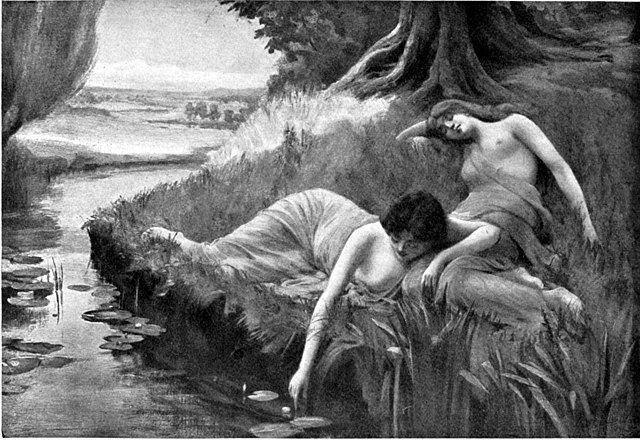
The huldra are beautiful and seductive forest beings in Germanic and Scandinavian folklore. Their name generally translates as “covered” or “secret”, likely because the huldra usually tryed to hide their mystical nature from people.
Other names for the huldra include skogsrå or “forest spirit”, tallemaja or “pine tree Mary” in Sweden, and ulda in Sámi (Lapplander) folklore. In some Norwegian tales, there are also male huldras called huldrekall.
However, the huldrekall are very different from the female forest dwellers. So much so that they can be viewed as an entirely different species. While the huldra are gorgeous seductresses, the huldrekall are hideously ugly underground creatures.
Most Norse folklore describes the huldra as a type of rå – nature’s keepers or wardens. This makes them related to the aquatic sjörå or havsfru spirits, who are viewed as the Norse origin of the mermaid myth.
Huldra in Christianity
The origins of the Huldra predate Christianity’s arrival in Scandinavia. These stories were a part of the region’s pagan tradition, and as we’ve already mentioned, the Huldra was originally a spirit of the forest. However, with the arrival of Christianity, like many pagan beliefs and practices, the stories and characteristics associated with the Huldra were often incorporated into the new Christian worldview.
In the Christian context, folklore evolved to portray the Huldra as a demon or a fallen creature in need of salvation. Some stories depict the Huldra as the descendants of Adam and Eve’s ‘hidden’ children. According to this legend, Eve had washed only half of her children when God came to visit. Ashamed of the dirty ones, she hid them. God declared “What you hide from me, I will hide from men”, and these children became the Huldras, hidden from mankind, living in the hills and forests.
What Do the Huldra Look Like?

All myths across Scandinavia and Germany agree that the huldra are stunningly fair blonde women who wander the forests around human settlements. Tall, slender, with a hollow back, long golden hair, and a crown made of flowers, the huldra often appear in front of lonely young men or even boys and try to seduce them.
The one distinctive feature that tells huldra apart from beautiful human women, however, is the cow’s tail that often sticks out from their dresses or robes. The huldra try to hide their tails when they are performing their seductions but in most myths, the young men are given the chance to notice and react to the huldra’s tail.
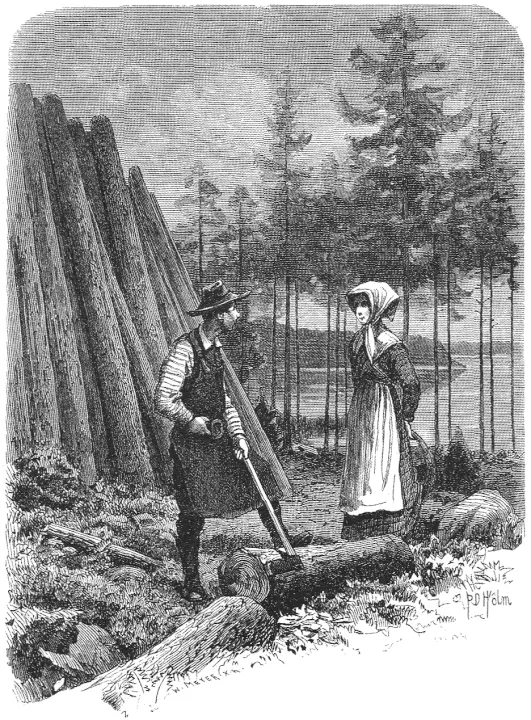
In some Swedish myths, the huldra have fox-like tails instead, making them look a bit similar to the Japanese Shinto kitsune spirits. There’s no other connection, however, and the fox-tailed huldra act very much like the cow-tailed ones.
These appearances can be viewed as deceiving, as in many myths the huldra can go through a major transformation once they’ve successfully seduced their victim.
The Huldra’s Various Schemes
The huldra are always portrayed as seductresses in all Germanic and Scandinavian myths but their exact goals and behavior can vary greatly depending on the myth.
1. Good encounters:
In some legends, the huldra would simply appear in front of the unsuspecting man or boy, without trying to actively seduce them. If the human proved to be courteous – even after noticing the hudra’s tail – she would often award him with good fortune or useful advice.
In one story from Tiveden, Sweden, a beautiful lady appeared in front of a young boy who was fishing in a lake. She dazzled the boy with her beauty to the point of him losing his breath but he eventually saw the fox’s tail sticking from her robe. The boy was taught to be polite, however, and only said “Milady, I see that your petticoat shows below your skirt”
As a reward for his courtesy, the huldra told him to try fishing on the other side of the lake. The boy followed her advice and started catching fish with every throw of the line that day.
2. Fatal encounters:
Not all huldra stories unfold so fortunately, however. In many huldra myths, the wild women seduce unmarried men and lead them into the mountains. They sometimes played on harps or sang to lure the easily-tempted men. Once in the mountains or deep forests, lots of physical pleasures typically followed, and then the huldra would ask the man to marry her and wouldn’t let him go until he agreed.
Once the man agreed and the two got married, the huldra would turn into a hideous woman and would gain the strength of ten men, but she’d also lose her tail. Often, she’d eventually kill her husband too. And if the man managed to refuse to marry the huldra, she’d usually just kill him right then and there.
In many other stories, there would be no proposal at all but the huldra would instead force the man to dance with her in the forest until he literally dropped dead.
In most Danish huldra tales, the huldra were just looking for dancing, fun, and sex from the humans they could lure into the forests and these stories would rarely end fatally. However, even these stories had unhappy endings as the men were said to eventually grow mad after spending too much time with the huldra or “with the Elven people” as they eventually came to be called.
Are the Huldra Good or Evil?
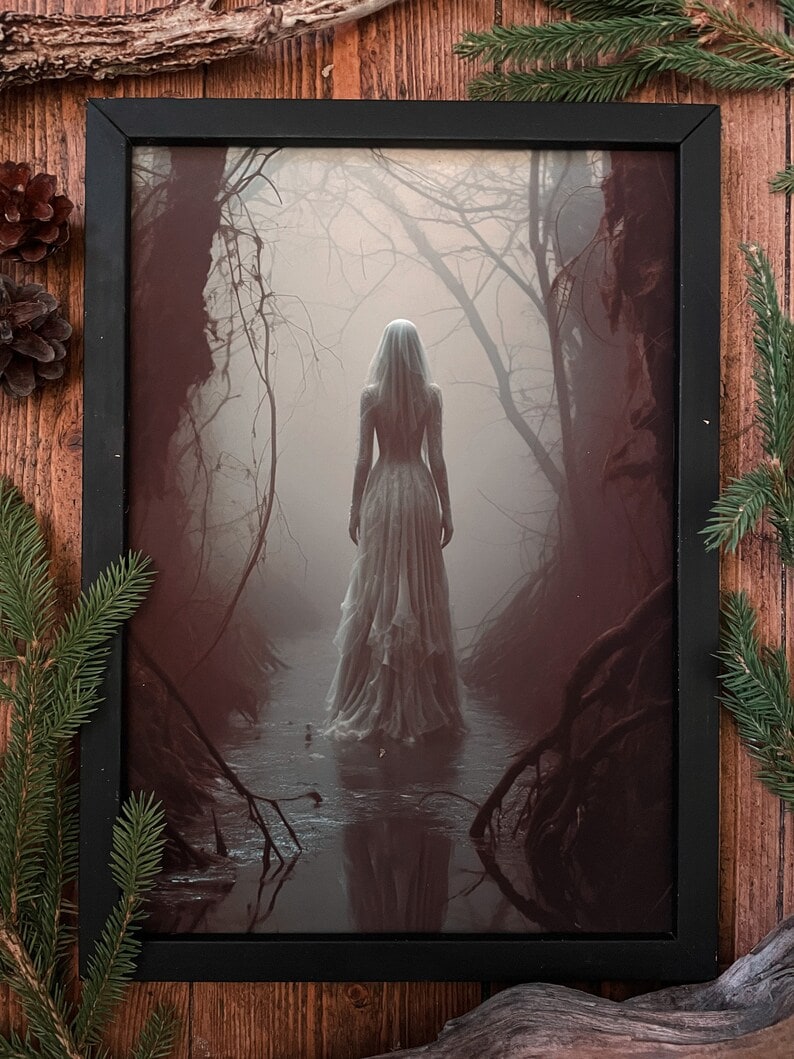
Like most mystical forest creatures, the huldra can be both good and evil, but they do tend to skew more toward the latter. Similar to elves in many regards, the huldra are often not just mischievous but outright malevolent.
The only way to protect yourself from falling into the grasp of a huldra is to either ignore her or to be polite toward her. The right approach would typically depend on the type of story being told. It seems fair to assume that most huldra myths likely came from reclusive women who lived alone in the forest. From there, these myths eventually evolved into legends about witches.
The Huldra and Other Norse Witches
The huldra are often associated with other female shamans, mages, and shamans in Norse mythology such as the völva and the seiðkona. These are typically female shamans who practiced seiðr magic – the mystical art of telling and shaping the future.
Some famous Nordic figures who are often viewed as huldra include Huld, a powerful völva divine figure, and Holda or Frau Holle from a German fairy tale collected by the Brothers Grimm in their Children’s and Household Tales in 1812.
Symbolism of the Huldra
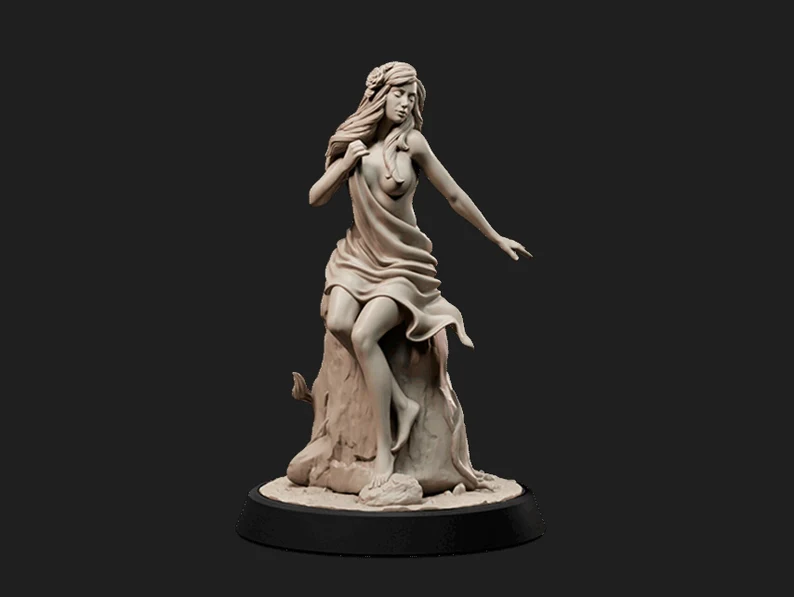
- Nature and Wilderness: As a forest spirit, the Huldra embodies the mysteries, dangers, and seductive beauty of the wilderness. The hollowed-out back seen in some versions of the Huldra can also be interpreted as a symbol of how nature can seem full of life, yet hollow and devoid when one is lost or alone in it.
- Seduction and Deceit: The Huldra is typically described as a stunningly beautiful woman who uses her allure to trick men, often to their misfortune. This can be seen as a metaphor for the allure of the unknown or forbidden, and the potential dangers of giving in to such temptations.
- Duality: The Huldra is often depicted as beautiful from the front but has a tail hanging behind her, representing a duality or hidden side that is less attractive or even monstrous. This can symbolize the concept that things are not always what they seem, or that beauty and ugliness, good and evil, natural and supernatural can exist in the same entity.
- The Hidden or Forgotten: In some Christian interpretations, the Huldra represents the hidden or forgotten, linked to the story where Eve hid her unwashed children from God, who then made these children hidden from men. They can symbolize those aspects of life or parts of ourselves that we try to hide or ignore.
- Spiritual and Moral Lessons: In some tales, the Huldra can attain a human soul and lose her tail (a symbol of her wild, animalistic nature) by marrying a human in a church, which may symbolize the Christian concept of redemption and salvation. Other tales warn of the perils of disrespecting nature, as the Huldra punishes those who harm the forest.
- Femininity and Power: The Huldra can be seen as a symbol of potent femininity. Her power over men and the natural world subverts traditional gender roles, especially in the historical context of the folklore.
Importance of Huldra in Modern Culture
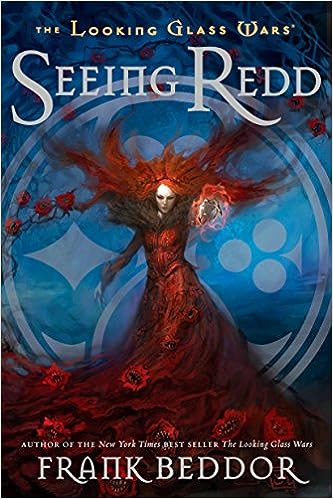
The huldra themselves aren’t overly represented in modern culture but their many later variations such as witches and elves are exceedingly popular in fantasy literature, movies, games, and other media.
Still, mentions and interpretations of the huldra myth can be seen here and there in some modern culture. There’s the 2016 horror film Huldra: Lady of the Forest, the Norwegian fantasy thriller Thale, as well as several folk and metal bands named Huldra in both Norway and the U.S.
The Neil Gaiman short story Monarch of the Glen also features a huldra as does C. S. Lewis’ The Silver Chair. Frank Beddor’s Seein Redd, George MacDonald’s Phantasies, Jan Berg Eriksen’s Trolls and their relatives all feature variants of the huldra myth as well, as do some other modern works of fiction.
Wrapping Up
Like many bizarre and fantastic beings of Norse mythology, the huldra are unique and ambivalent in nature. As an “underground” or “hidden” folk, which is a common motif in various European folklore traditions, the huldra are connected with nature and the land. They’re sometimes seen as the personification of the forces of nature. They have influenced modern culture and remain a little-known but influential part of it.
Related articles
15 Unique Creatures of Norse Mythology
Ragnarok: The Cataclysmic End of Norse Mythology
Surtr: Symbolism and Importance in Norse Mythology
Fenrir in Norse Mythology: The Origins and Significance
Jörmungandr – The Great World Serpent in Norse Mythology








